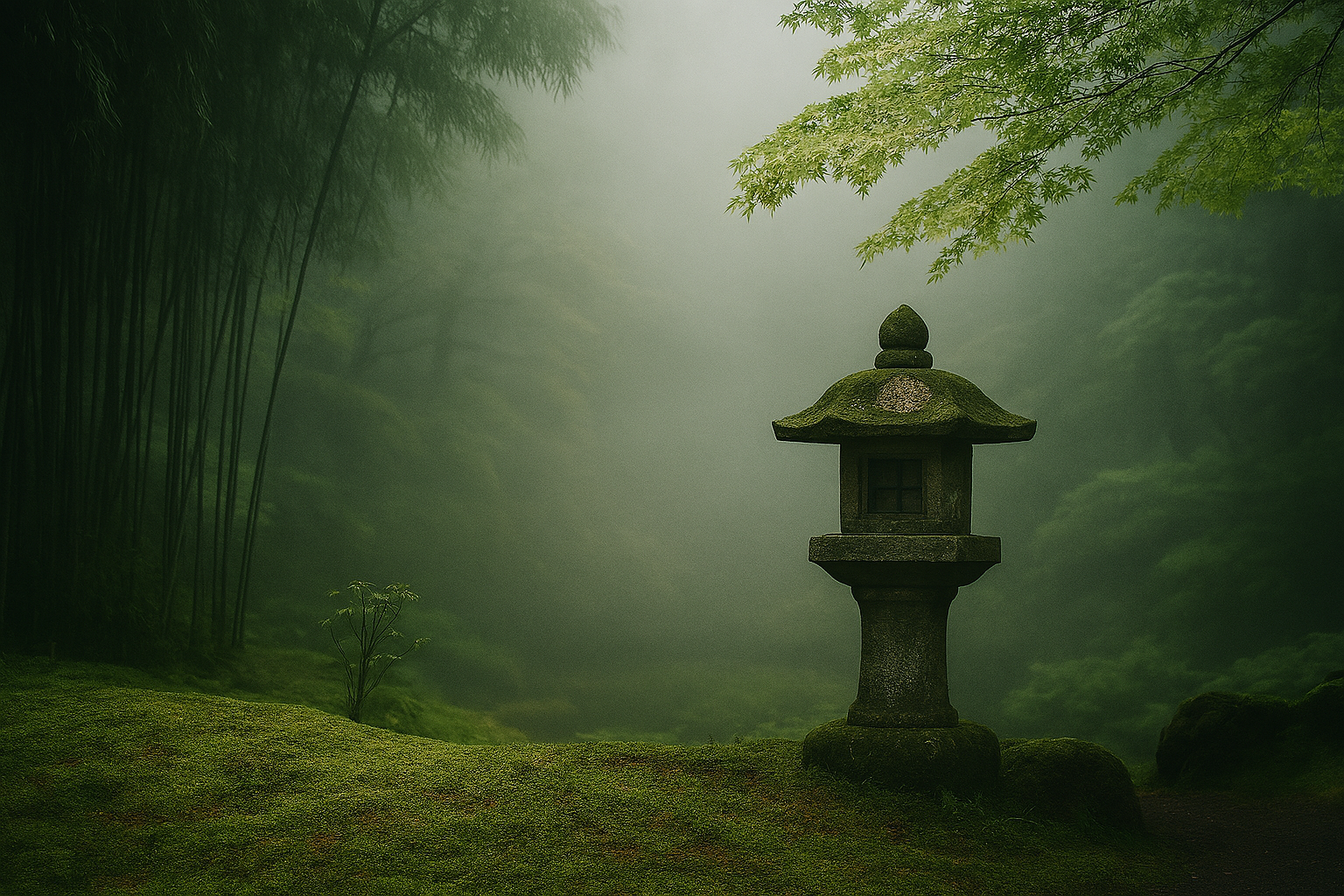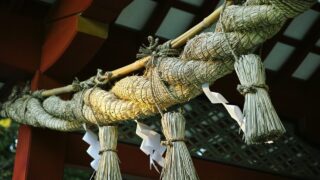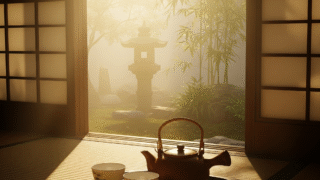Japan’s rich culture is reflected in its traditional events, which often intertwine spirituality and seasonal celebrations. These events are not only a way for locals to express gratitude and hope but also offer visitors a glimpse into the country’s deep-rooted customs. In this article, we will explore four iconic Japanese traditions—Hatsumode, Shichi-Go-San, Hinamatsuri, and Tanabata—unveiling their origins and the unique role that Shinto shrines play in each.
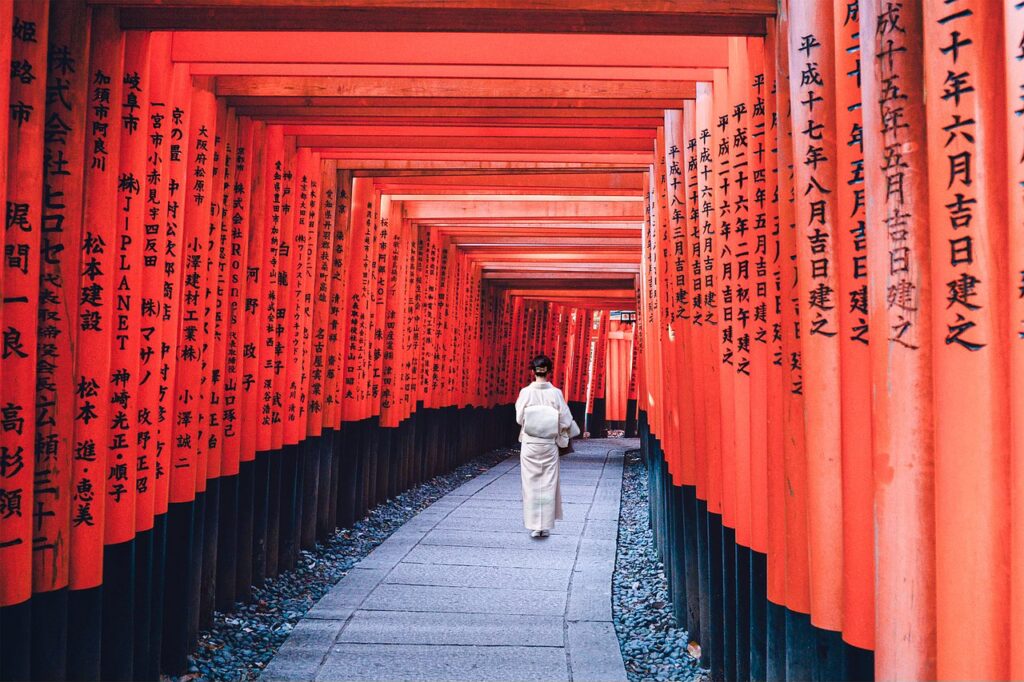
1. “Hatsumoude” : New Year’s prayer and Japanese faith
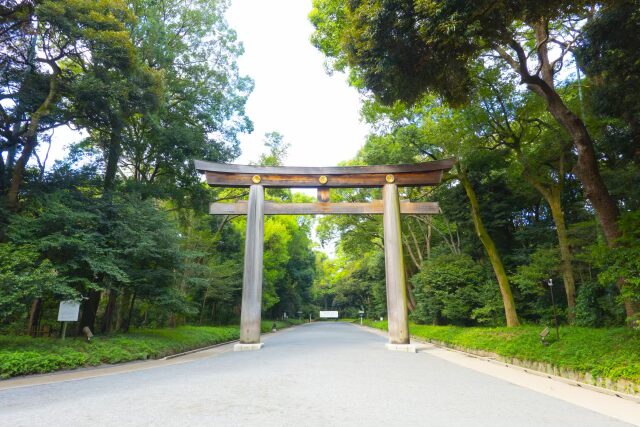
Hatsumode, the first shrine visit of the year, is a time-honored Japanese tradition. It’s a moment when people pray for peace, prosperity, and good fortune for the year ahead. This custom dates back to the Heian period, where it was known as toshigomori, a practice where families would stay in a shrine overnight to welcome the new year’s gods.
Recommended Shrines for Hatsumode:
- Meiji Jingu (Tokyo): Attracting over three million visitors annually, it’s the most popular shrine for Hatsumode. The serene forest setting makes it a tranquil start to the year.
- Fushimi Inari Taisha (Kyoto): Famous for its thousands of red torii gates, this shrine is perfect for those seeking business prosperity.
Cultural Highlights:
Visitors often draw omikuji (fortune slips) to predict their luck for the year. Purchasing a hamaya (a symbolic arrow) or writing wishes on ema (wooden plaques) are also popular activities.
2. “Shichi-Go-San” : A special day to celebrate children’s growth
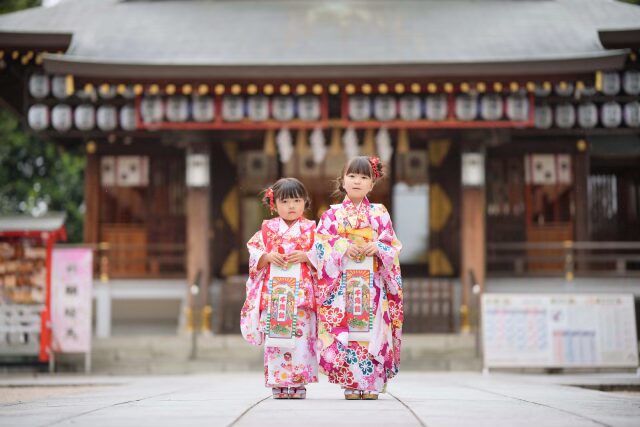
Shichi-Go-San (literally “Seven-Five-Three”) celebrates children’s growth milestones. Traditionally, boys aged three and five and girls aged three and seven dress in kimono and visit shrines with their families to express gratitude for their health and pray for their future. This custom originated in the Heian period among aristocratic families.
Recommended Shrines for Shichi-Go-San:
- Hie Shrine (Tokyo): Known for its family-friendly events and blessings.
- Dazaifu Tenmangu (Fukuoka): A historical shrine perfect for combining Shichi-Go-San with educational blessings.
Cultural Highlights:
Children receive chitose ame (thousand-year candy), symbolizing longevity and health. The colorful and festive atmosphere makes this day truly special for families.
3. “Hina Matsuri” : A traditional event to pray for the healthy growth of girls
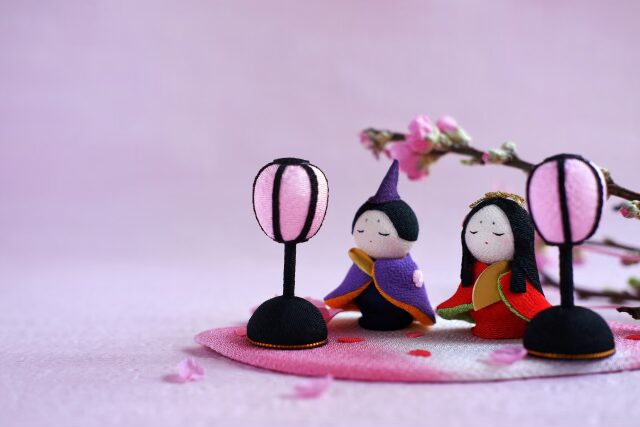
Hinamatsuri, or the Doll Festival, is a celebration of young girls’ health and happiness. Originating from the Heian period, this event showcases beautifully arranged hina dolls that represent the imperial court. Families pray for their daughters’ wellbeing and display these dolls in their homes from mid-February to March 3.
Recommended Shrines for Hinamatsuri:
- Awashima Shrine (Wakayama): Famous for doll offerings and ceremonies.
- Sumiyoshi Taisha (Osaka): Known for its hina-nagashi (doll floating) ritual.
Cultural Highlights:
The display of hina dolls is an art form. Each tier has a specific arrangement, and the dolls are carefully crafted to reflect Japanese aesthetics and craftsmanship.
4. “Tanabata” : A romantic night where you can make a wish to the stars
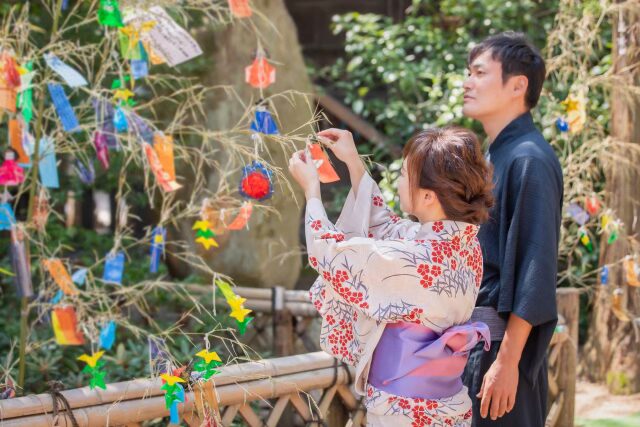
Tanabata, or the Star Festival, celebrates the legendary love story of Orihime and Hikoboshi, two deities separated by the Milky Way. On July 7, people write wishes on colorful paper strips and hang them on bamboo branches. This custom, introduced from China during the Nara period, has evolved into one of Japan’s most romantic festivals.
Recommended Shrines for Tanabata:
- Dazaifu Tenmangu (Fukuoka): Hosts vibrant Tanabata celebrations.
- Hirano Shrine (Kyoto): Famous for its beautiful bamboo decorations.
Cultural Highlights:
The tradition of writing wishes reflects a deep connection between the individual and nature. Bamboo symbolizes growth and strength, aligning with the festival’s themes of hope and renewal.
Conclusion
Traditional Japanese events such as Hatsumode, Shichi-Go-San, Hinamatsuri, and Tanabata are more than just seasonal celebrations; they are a reflection of Japan’s cultural heritage and spiritual beliefs. Visiting shrines during these occasions not only deepens the understanding of Japanese culture but also creates unforgettable memories for visitors. Whether it’s praying for a fruitful year, celebrating a child’s growth, or making a wish under the stars, these traditions showcase the beauty and depth of Japan’s customs.
